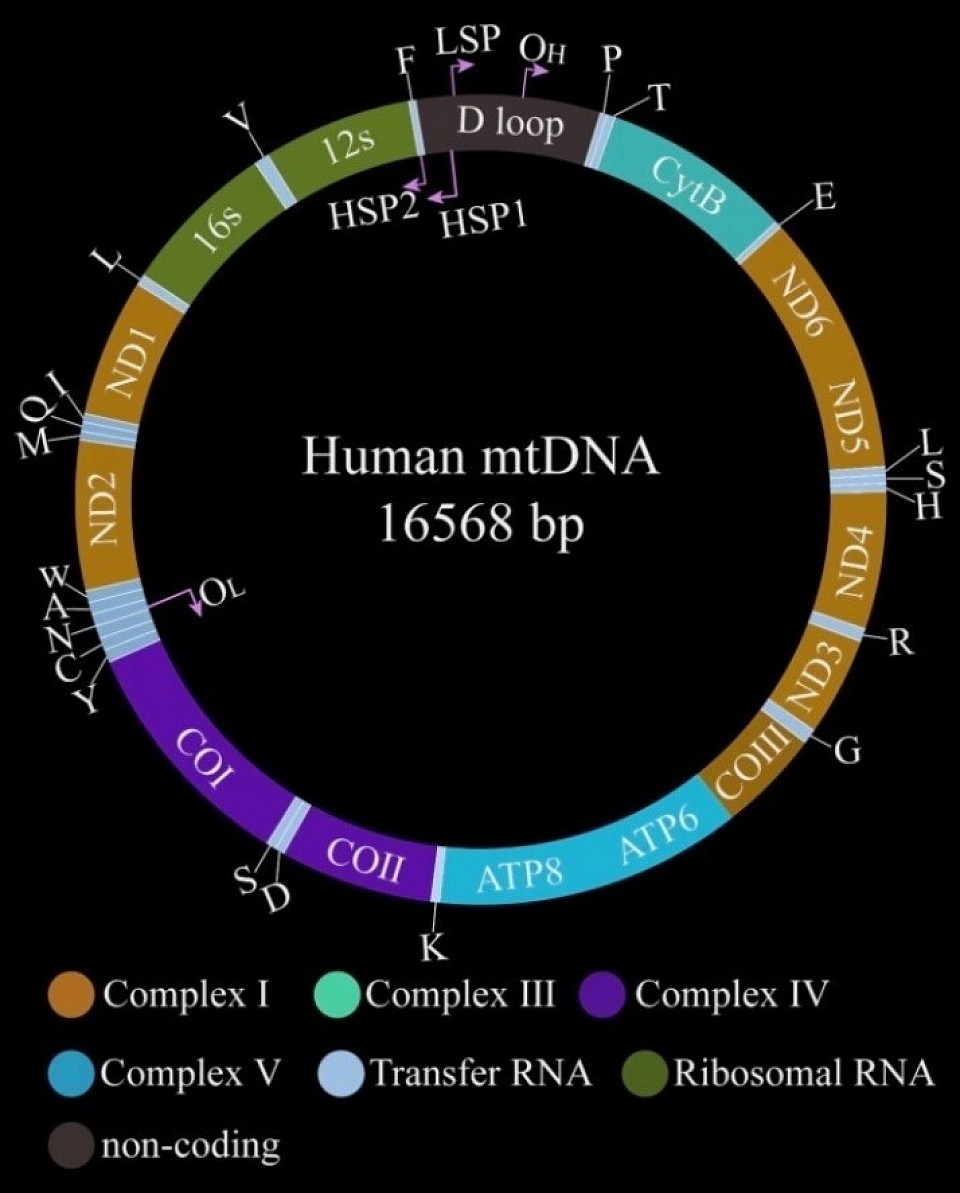-ˋˏ ༻ 16 ༺ ˎˊ-
━━━━━━━•°•°•❈•°•°•━━━━━━━
⟁
The Third Alternate Reality
𖤓
The Science Being Used
The science being used and its purpose
━━━━━━━•°•°•❈•°•°•━━━━━━━
⟁
Characters
What stays with the personality of the people is the side of Laminae
The other aspect of their personality slowly changes as they assimilate into a new world
━━━━━━━•°•°•❈•°•°•━━━━━━━
⟁
The Social Climate
How characters react to their culture
━━━━━━━•°•°•❈•°•°•━━━━━━━
⟁
A Common Threat
What are they avoiding
━━━━━━━•°•°•❈•°•°•━━━━━━━
⟁
A common goal
What do they strive for?

